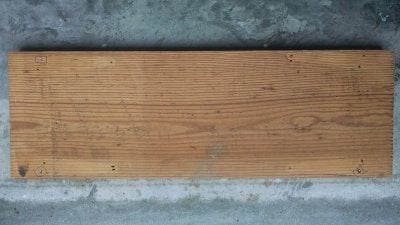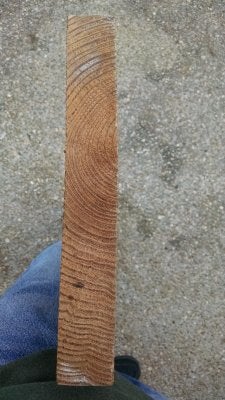Michael A.
Tele-Afflicted
I found a beautifully grained pine bench that had been in a garage for decades. It is unfinished 2x12" nominal, so I assume was lumber yard wood originally. I have about 3' of this board.
I'd like to try scratch building a Tele body from that. There is a slight cup to the boards, so I'll have to plane them. This will leave them less than the target thickness of 1.75". How does one deal with that? I don't really want a Tele that is Squier thickness. I don't have the ability to resaw the lumber and insert a spacer to restore the thickness.
Since the plank width is insufficient for a one piece body, is it generally better to use the 12" wide piece in the center of the body, with "wings" on each side of narrow pieces selected to give the best grain match?
Any links to threads where these issues are discussed is welcome!
Thanks in advance.
I'd like to try scratch building a Tele body from that. There is a slight cup to the boards, so I'll have to plane them. This will leave them less than the target thickness of 1.75". How does one deal with that? I don't really want a Tele that is Squier thickness. I don't have the ability to resaw the lumber and insert a spacer to restore the thickness.
Since the plank width is insufficient for a one piece body, is it generally better to use the 12" wide piece in the center of the body, with "wings" on each side of narrow pieces selected to give the best grain match?
Any links to threads where these issues are discussed is welcome!
Thanks in advance.




